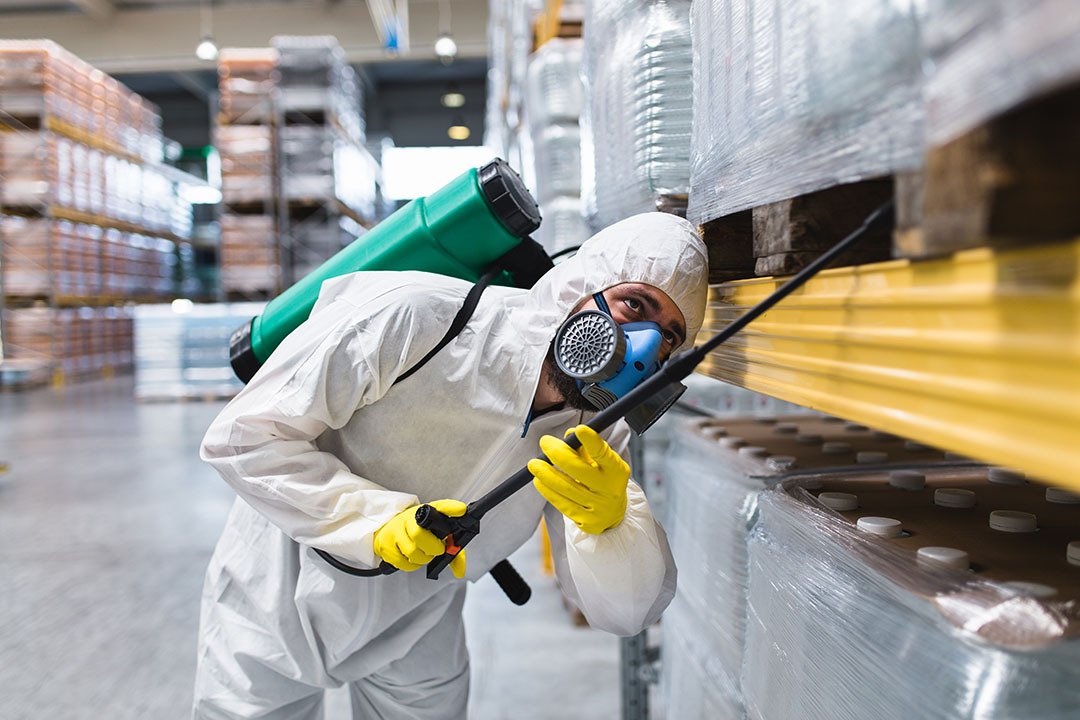Food Manufacturing and Packaging Pest Control Services

Food manufacturing and packaging involve a lot of tasks such as handling chemicals, food products, sterilizing equipment, drying methods, etc. Some of these activities require specialized knowledge, training and experience, as well as in some cases an expert knowledge and expertise on the part of the people who do them. One very important area of food manufacturing and packaging is food processing, which involves the handling of raw materials, food products, stabilizing and cleaning methods and equipment, sanitation and safety and related practices. Because of the high responsibility involved in food manufacturing and packaging, companies usually employ or contract with experienced, skilled and licensed pest control professionals to provide them with pest management services.
Food manufacturing and packaging should be done in a hygienic, clean and controlled environment, but this is often not a reality for food processing plants that have numerous environmental hazards, including poor sanitation practices, inadequate food safety and hygiene practices, etc. These plants sometimes have to handle toxic chemicals that can be potentially dangerous to humans and animals if mishandled. Moreover, pests often infest food processing plants and can contaminate the final product when pests are allowed to grow and breed. There are many different types of pests that can infest food processing plants, and the main pests responsible for causing contamination are ants, cockroaches, mold spores, yeast and bacteria. All of these have the potential to contaminate food, and they need to be controlled before food manufacturing and packaging plants can begin manufacturing. Click here to learn more about Food manufacturing.
Food processing plants often contract with pest control services to address their needs. Pest control services help to get rid of pests that have already crossed the receiving dock or that are just waiting to enter the food production process. In order to meet their contracts, food processing plants need to ensure that there is a good and efficient pest control plan in place. This will involve implementation of the most up to date pest control procedures, as well as use of preventative measures and specific techniques, which will help to keep control costs down. By contracting with reputable pest control services, food processing plants can ensure that they are doing all that they can within the regulations to keep their facilities clean and free from infestations.
Prevention is the key, which means that the latest innovation in pest surveillance needs to be applied on a regular basis. By using advanced imaging technology, the best way to detect pests before they colonize is by looking for parasites such as tapeworms, which are flat and rice-like organisms. In addition, if there are animals present on the processing plant premises, it is essential to take the appropriate steps to identify them so that they can be identified and removed before any infestation takes hold. Such procedures include identification of food animals, their wastes and any live insects. Click here; safeguardpestcontrol.com.au/ to get enough details about pest control.
Some pests can be difficult to find using modern technology, but regular inspection and cleaning are essential to keep them at bay. Regular inspection of areas where food is processed, as well as the cleaning of work stations, equipment, and areas where chemicals are used should be undertaken as part of pest control services on a scheduled basis. These checks should not stop with the area surrounding the machinery though, as all corners should be checked. This will help identify weak points where the pests can enter. Such points are often overlooked because of lack of time.
Food processing plants often have a lot of space to play with, meaning that pests looking for food can move around a lot more. To ensure that this does not happen, and to protect the production process and staff, close off any doors or windows that can be opened, as pests often find their way into rooms that are unoccupied. Forcing the entry point to a room will usually be enough to kill any pests trying to gain access. If a problem does occur, close all doors and windows while removing the offending pests to prevent an infestation from occurring again. Check out this related post to get more enlightened on the topic: https://en.wikipedia.org/wiki/Food_packaging.
